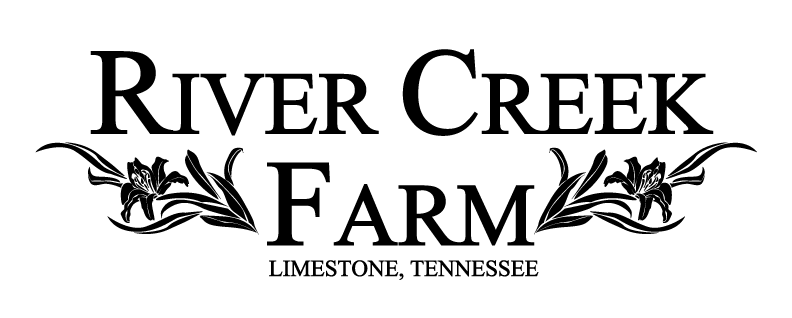Forage Feast!
/River Creek Farm CSA is getting WILD! We have some new items this week that are not your standard veggies. Adding new items to your menu can surprise and thrill your family. Lets meet our newest share additions and be adventurous.
Watercress
Our watercress was grown in a mountain-top creek bed in Madison County. What beauty there is in knowing your food was grown in such a lovely environment. The watercress is easily added to your menu. Its peppery taste adds depth of flavor to more customary greens. The ancient Romans ate it with simple olive oil and vinegar! Watercress is rich in iron, iodine, vitamins A, C and E, antioxidants and folate. You can easily serve raw watercress in a salad, sandwich or smoothie, but you can also steam or saute the plant.
Redbud blooms
The redbuds have bloomed in our local area and CSA members will benefit from the pink buds. Our members receiving the Spice of Life shares will receive a 2 or 4 cup bag, depending upon size of share, with a recipe for making homemade Redbud Jelly. The bright pink buds can be picked and eaten out of hand, tossed into salad, made into a jelly, or baked into eggs or pancakes. They are tender to the bite with a slightly sweet, slightly tangy flavor. The thing that makes these delicate buds so special is that they are only available for a couple of weeks in early Spring. That means: THIS WEEK ONLY!
Ramps
This pungent wild cousin of the leek has a strong flavor that some liken to a mix between onion and garlic. Sassy southern folks have warned that the aroma is so distinctive and strong that a large meal of ramps will be evident on the consumer for a couple of days, so eat them before the tax collector is due to stop by and he might leave after you say the first hello! Ramps are most commonly fried with potatoes in bacon fat or scrambled with eggs and served with bacon, pinto beans and cornbread. Ramps can also be pickled or used in soups and other foods in place of onions and garlic. The ramp has inspired many festivals each year including, but certainly not limited to, our own Flagpond Ramp Festival in May.
Nettles
Nettles are high in iron, potassium, manganese, calcium and vitamins A and C (and are also a decent source of protein). Both stinging nettle roots and leaves have been used traditionally to treat a wide range of ailments, from hayfever and allergy symptoms to kidney stones to dandruff and oily hair. Nettles have a bit of a chewy texture and taste far more interesting than spinach. Be adventurous and use them in any recipe calling for cooked spinach, or drink a tea made from steeping the leaves.
The only downside to dealing with stinging nettles is that they do, indeed, sting. Their leaves and stems are covered with trichomes, which inject anything that touches them with a mix of compounds that includes histamine that causes stinging, itching, and a rash. Not to worry, though, once cooked, the plants can no longer "sting" you. Gloves are recommended for handling during preparation. Blanching will remove the sting quite easily. Read more here about blanching: http://localfoods.about.com/od/preparationtips/qt/How-To-Blanch-Nettles.htm
Don't be turned away by these grabby greens. Follow cooking instructions and your palate will be pleased not pricked.
Stinging Nettles are prickly but don't let them scare you away.
Read more about eating and cooking nettles here: http://www.npr.org/2013/04/17/176668359/nettles-bring-spring-to-the-kitchen
We hope you enjoy these new additions and the possibilities they bring to your kitchen table.









